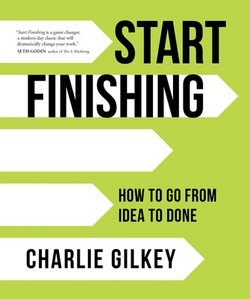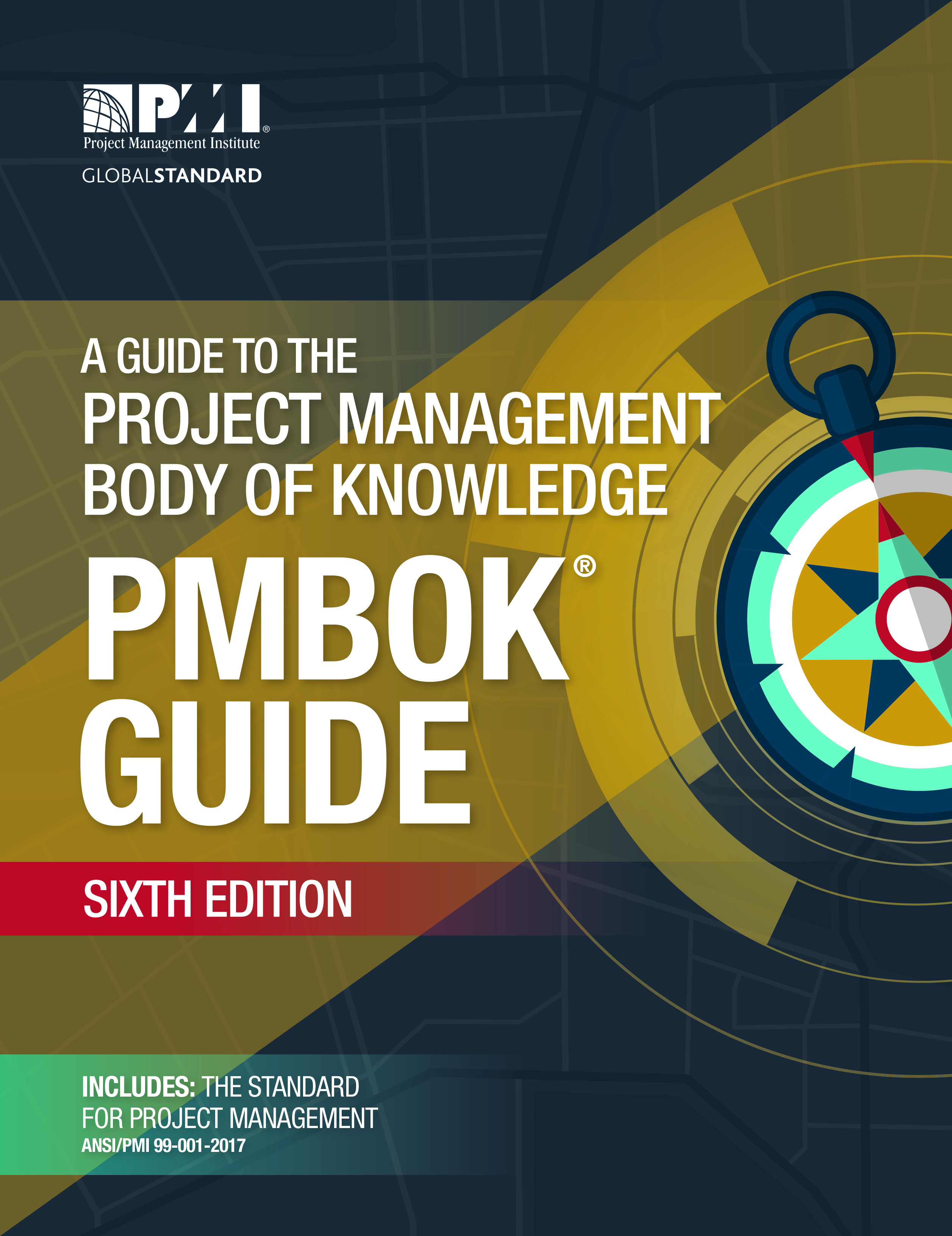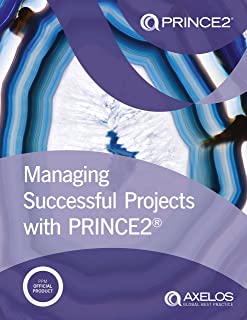Project Closure
...
Whether your 1st or 21st project, successful completion involves a few important steps....
Project Closure is more than a milestone… it is a process, with deliverables, to successfully conclude your project.
CONGRATULATIONS!
YOU & YOUR TEAM ACHIEVED YOUR KEY MILESTONE===>
Your customer just accepted (according to the previously agreed-to Acceptance Criteria) the final project deliverable (or Work Product)... and they are Satisfied...
In a meeting with your Customer and the Project Sponsor, all were in agreement to conclude the project and declare Project Success. Your customer is pleased with the final Work Product and the Sponsor is pleased that you closely managed the project, keeping it on-schedule and on-budget (within the agreed tolerances and met their Acceptance Criteria).
As Project Manager, you deliver the good news to your Project Team and congratulate them on a job well done. I highly recommend sending a letter, not an email, to their individual supervisors describing the value of their contribution to a successful project and recommending a favorable review and reward.
Typically, this letter should go into their personnel file (you may have to make that specific request).
This page describes a few final steps to closing out the project (under PRINCE2®, these activities are the “Closing a Project (CP) Stage”).
Remember, you will require the assistance of your project team for some of the Project Closure work, so if possible, don’t release all them to their functional areas until the Project Closure process is complete.
Project Closure "Clean-Up" Activities
These project closure activities are initiated following your meeting (described above) with your Customer and Project Sponsor and other primary Stakeholders. During this meeting, the stakeholders have reviewed the end-user acceptance and confirmed that you and your project team have satisfied the project objectives.
You are instructed to closeout the project.
There will be several areas of “clean-up” to address before announcing the project success and closure:
- Create a “Project Punchlist” of outstanding items from the project. After you get concurrence on the list from the Customer and Project Sponsor, work with the team to closeout the items as quickly as possible.
- Work with your finance and legal teams to ensure that all project-related contract commitments are finalized and closed.
- Complete a final accounting of the project budget. Make sure that surplus funding is applied to closing-out the “punch-list” items, as agreed-to by your Project Sponsor.
- Collate the responses to your feedback questionnaire. You should prepare and distribute a detailed questionnaire for feedback on the project approximately 2-3 weeks prior to initiating project closure. Although this may be difficult to predict, it will not matter if you are off by several days. If need be, supplement the questionnaires with interviews.
- Make sure that all project documents and deliverables are collected and stored on the “project server” (or perhaps on a network drive or secure cloud storage).
While doing the "clean-up", Prepare your final Project Report. Make sure to provide a complete picture of the successes and failures (if any) of the project. Be sure to include the following:
- Your objective evaluation of the success of the project (Did the project attain its critical success factors and goals?)
- Outline the project accomplishments.
- Include important project data – good or bad.
- Describe significant project changes and their effect on the project.
- Describe project issues requiring further work and recommend participation by team members
- Provide a final project accounting and explain the variances.
- Finally, provide recommendations for future projects.
Communicate the Project Closure process to all Stakeholders.
Make sure all Stakeholders know that the project is coming to a close, with the approval of your customer and your Project Sponsor (or the Project Board, under PRINCE2®).

Conduct a Formal "Lessons Learned"
Before re-assignment of the Project Team Members, make sure to conduct a formal Lessons Learned Meeting. Prior to this meeting distribute a brief “Lessons Learned Questionnaire” to all Project Stakeholders.
Ideally, the questionnaire should solicit uniform, objective responses. Ask questions in the following broad categories:
- Management Sponsorship
- Project Objectives & critical success factors
- Project Plan and Schedule
- Project Team
- Client/End User Involvement
- Use of Technology
- Client Acceptance Criteria
- Project Monitoring
- Project Communications
In addition to allowing spaces for comments under each topic/question, use a simple answer scale, such as:
- 0 = Don’t Know or Not Applicable
- Scale from:
- 1 = Strongly Disagree to 5 = Strongly Agree
If time does not warrant the effort, simply ask for their perceived top 3 lessons learned from this project. Also, ask for their top 3 issues and how they would recommend planning for and eliminating those issues on a subsequent project.
Use the information from these questionnaires to facilitate discussions and development of the Lessons Learned for your project. All meeting participants should be in agreement on these lessons learned and they should become a document in the project files.
Include the top 3-5 lessons learned in your final Project Report, that you deliver to your Project Sponsor.
PRINCE2® Closing a Project (CP) vs. PMBOK® Project Closure
The “Closing a Project (CP)” stage of PRINCE2® is very similar to the Project Closure phase of PMBOK®. Both recommend a formal completion or de-commissioning step involving a meeting with the customer and Project Sponsor (or Project Board, under PRINCE2®). The purpose of the meeting is to review the final acceptance document(s) and obtain final approval that the project is complete and objectives have been attained.
Both Project Closure and CP recommend that the project team identify any follow-on actions – usually the result of change requests not able to be satisfied during the project. These unfulfilled requests still need to be addressed and may lead to another project.
As part of the decommissioning process, both methods recommend a reconciliation of the project budget. PMBOK specifically recommends allocating unspent funds to the completion of the list of follow-on actions.
Finally, both methodologies also recommend a final project review and documentation of the “Lessons Learned” from the project. The results of the review and the Lessons Learned should be archived with the rest of the project documents.

Final Project Report & Last Items
As the Project Manager, most organizations will expect you to deliver of some sort of Final Project Report.
This document should be delivered to your Project Sponsor. The document should be a recap of the project. Begin with information from the Project Plan document, like the Executive Summary, Project Purpose, Project Objectives, Project Organization, and a Project Schedule (I usually include a comparison table of major milestone dates from the initial schedule baseline, as compared to the dates of the final working schedule at the end of the project).
Be sure to provide some detail on the effect of changes to the project and describe those changes not covered by the project, which you recommend should be addressed as soon as possible.
In addition to the above topics, make sure to include your final reconciliation of the project budget. Also, include a recap of the performance metrics taken during the project (the budget and schedule reconciliations will provide the final project metrics).
Some organizations and some Project Sponsors will request a written report, others will request a presentation (i.e., MS-PowerPoint slides). Make sure to ask the Project Sponsor her/his preferred format of the Final Project Report.
Once the Final Project Report is delivered and accepted by the Project Sponsor; you have ensured the release/re-assignment of all project team members; and all contracts have been closed, your final chore as Project Manager is to make sure all project documentation is archived and accessible.

Congratulations!!!
You and your team have successfully completed your project!
Project Initiation – Critical steps in starting the project which will ensure its eventual success.
Mastering Project Management Planning – focus on the most critical processes to ensuring success on your project….
Project Plan Execution – providing advice and resources to enable the Project Manager to “walk the walk” and achieve project objectives...
Project Management Body of Knowledge
Apply the Project Management Body of Knowledge for consistent project success!
Project Management Process & Lifecycle
Using the Project Management process and the lifecycle of projects to ensure your project’s success.

RECOMMENDED .. With Your Project Management SUCCESS in Mind!
A Guide to the Project Management Body of Knowledge



New! Comments
Have your say about what you just read! Leave me a comment in the box below.